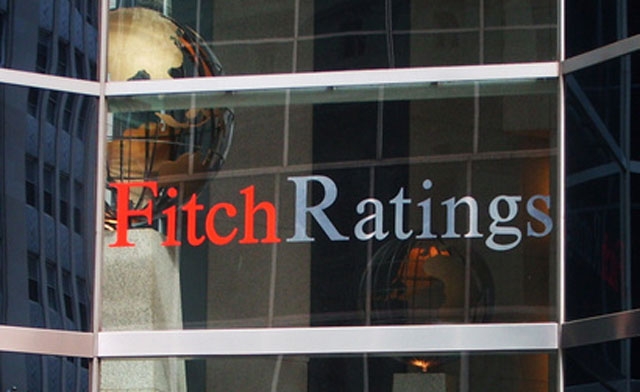Fitch affirms Kazakhstan at 'BBB'; Outlook Stable

By Trend
Fitch Ratings has affirmed Kazakhstan's Long-Term Foreign and Local Currency Issuer Default Ratings at 'BBB' with a Stable Outlook, the agency said October 31.
The issue ratings on Kazakhstan's senior unsecured foreign currency bonds are also affirmed at 'BBB'. The Country Ceiling is affirmed at 'BBB+' and the Short-Term Foreign-Currency and Local-Currency IDRs at 'F2'.
“The economy is gradually adjusting to a significant shock caused by lower oil prices and weaker demand in key trading partners,” the agency said. “Economic growth is resuming and the erosion of the strong sovereign balance sheet, which underpins the ratings, is slowing. The banking sector is a significant weakness compared with peers.”
According to Fitch, greater exchange rate flexibility is supporting the adjustment of the balance of payments, with official reserves rising $3.5bn over the first nine months of 2016, to $31.4bn.
The current account deficit is forecast to narrow to 2.3 percent of GDP in 2016, from 3.2 percent in 2015, and will be fully financed by net foreign direct investment inflows. Rising oil and metals prices are forecast to return the current account to a small surplus in 2017.
Increasing sovereign net foreign assets (forecast at 62 percent of GDP at end-2016; 'BBB' median 2.6 percent) and bank deleveraging will offset the rise in net external debt of the non-bank private sector caused by the financing of energy projects. This in turn will reduce net external debt to a forecast 13.7 percent of GDP at end-2018, compared with a forecast 20 percent at end-2016 and a forecast peer median of 0 percent.
According to Fitch, the banking sector is a credit weakness with a Fitch Banking System Indicator of 'b'. Headline NPLs have been stable during the year, at 7.9 percent of total loans at end-September. However, there are significant volumes of lightly provisioned restructured/distressed loans on most banks' balance sheets.
Further asset-quality deterioration risks stem from foreign currency loans, currently classified as performing, that were mostly provided to unhedged borrowers. Government capital injections into the sector are possible, but are unlikely to be large relative to the sovereign's capacity to support the sector.
According to Fitch, economic growth is set to pick up modestly from 0.4 percent year-on-year in the first three quarters of 2016. Lower real incomes, tougher credit conditions, a weak external environment, falling oil production and the adjustment to the external shock have depressed growth, with government capex and agricultural output providing the main positive dynamic.
Growth is forecast to rise to 2 percent in 2017 as production at the Kashagan oil field is ramped up, new mining projects come on stream and private consumption picks up.
Large investment in the energy sector will support medium- term growth. Nonetheless, average growth for 2016-2018 of 1.9 percent will be well below the average of the previous decade (5.6 percent) and the 2.9 percent peer median.
Official intervention in the exchange rate market is declining and the monetary policy framework is gaining credibility. However, still high dollarisation (58.3 percent at end-September versus a 'BBB' median of 36 percent) highlights weak confidence in the currency and continues to hamper the transmission mechanism.
Inflation should fall to high single digits by end-2016 as the impact of the devaluation drops out, from 16.6 percent in September, but will stay at a five-year average (to end-2016) of 7.9 percent, compared with a 2.7 percent peer median.
According to Fitch, the following risk factors individually, or collectively, could trigger negative rating action:
- Policy mismanagement or prolonged low oil prices leading to a further weakening in the sovereign external balance sheet.
- Materialisation of significant contingent liabilities from the banking sector on the sovereign balance sheet.
The following factors, individually or collectively, could result in positive rating action:
- A sustained recovery in external and fiscal buffers.
- Steps to reduce the vulnerability of the public finances to future oil price shocks, for example, by reducing the non-oil deficit.
- A sustained recovery in the economy supported by substantial improvements in the business climate and governance and greater diversification.
Brent crude is forecast to average $42/b in 2016, $45/b in 2017 and $55/b in 2018.
---
Follow us on Twitter @AzerNewsAz
Here we are to serve you with news right now. It does not cost much, but worth your attention.
Choose to support open, independent, quality journalism and subscribe on a monthly basis.
By subscribing to our online newspaper, you can have full digital access to all news, analysis, and much more.
You can also follow AzerNEWS on Twitter @AzerNewsAz or Facebook @AzerNewsNewspaper
Thank you!
